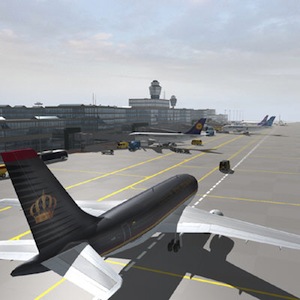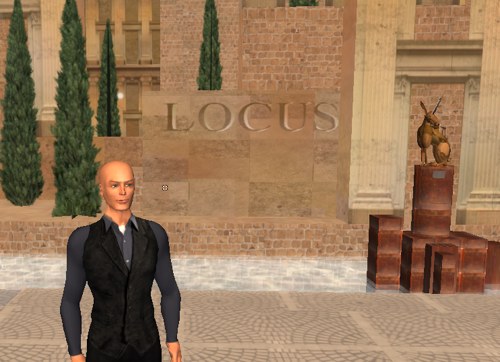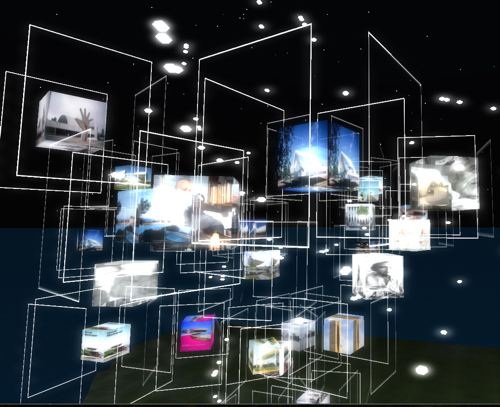 There’s no denying the demand by business for virtual environments that allow for replication of real world products and processes. Forterra’s OLIVE platform, TeamingStream’s NoviCraft, Second Life and OpenSim grids are just four environments used extensively by business for prototyping products or business.
There’s no denying the demand by business for virtual environments that allow for replication of real world products and processes. Forterra’s OLIVE platform, TeamingStream’s NoviCraft, Second Life and OpenSim grids are just four environments used extensively by business for prototyping products or business.
Archi-ME is a new entrant in that space. Created by UK-based company MOOFU, its stated purpose is “a new solution that enables designers to create fully interactive avatar-based virtual environments from 3D CAD models”. If you spent a couple of minutes watching the video below, you’ll see Archi-Me in action. Those who’ve used Second Life in particular will see some big similarities around appearance and the ability to manipulate objects and change textures on the fly. In fact, there’s very little from the demo that can’t be replicated in Second Life. Which isn’t the point really: this seems an application designed for building and architecture firms who want an easy way to bring their CAD-based designs into an avatar-driven 3D environment.
To get some more details, I shot some questions through to Nick Palfrey, Managing Director at MOOFU:
Lowell: Can you give a ball-park estimate on typical cost of something like a basic house walk-through?
Nick: For applications where the client is using toolkit functionality and requires very little tailoring, which would be the case for many Architects we would be looking at under £5k. We also design custom interfaces and environments for larger organisations such as property developers, with budgets of up to £25k as new avatars, functions, networking and design options are all re-visited.
Lowell: Is there any intention to allow people to own their own copy of Archi-Me i.e. pay a license fee to create their own content rather than rely on it arriving on a DVD.
Nick: We plan to offer an import system at some point so that users can generate their own environments through their CAD models, we should stress that we are not replicating Second Life and the system will not have tools for building spaces in it. Archi-Me is all about showcasing designs and for that reason, we rely on the client or user having a thorough understanding of either 3DS Max or ArchiCad. It is also important to note that only we can package the system up for web application and hosting.
Lowell: What is the fundamental architecture that Archi-Me is based on – is it a ground-up proprietary virtual environment or does it leverage say Forterra’s OLIVE platform or something similar?
Nick: We use Unity 3D to compile our code and for all of MOOFU’s game work, we stick with this. All code, assets and scripts are customised as well as a number of SDKs being used. We use Unity because it compiles the data instantly on-screen and for visualising large buildings with multiple cameras, this functionality is very helpful!
Nick: Are you able to disclose who the client or clients in Australasia have been?
Lowell: Yes… Dr Kenn Fisher Associate Professor Melbourne University and Director of Learning Futures Woods Bagot Architects, Melbourne. This has been a project organised by him with a number of international stakeholders. More information on Kenn is available at Rubida.net!


Recent Comments